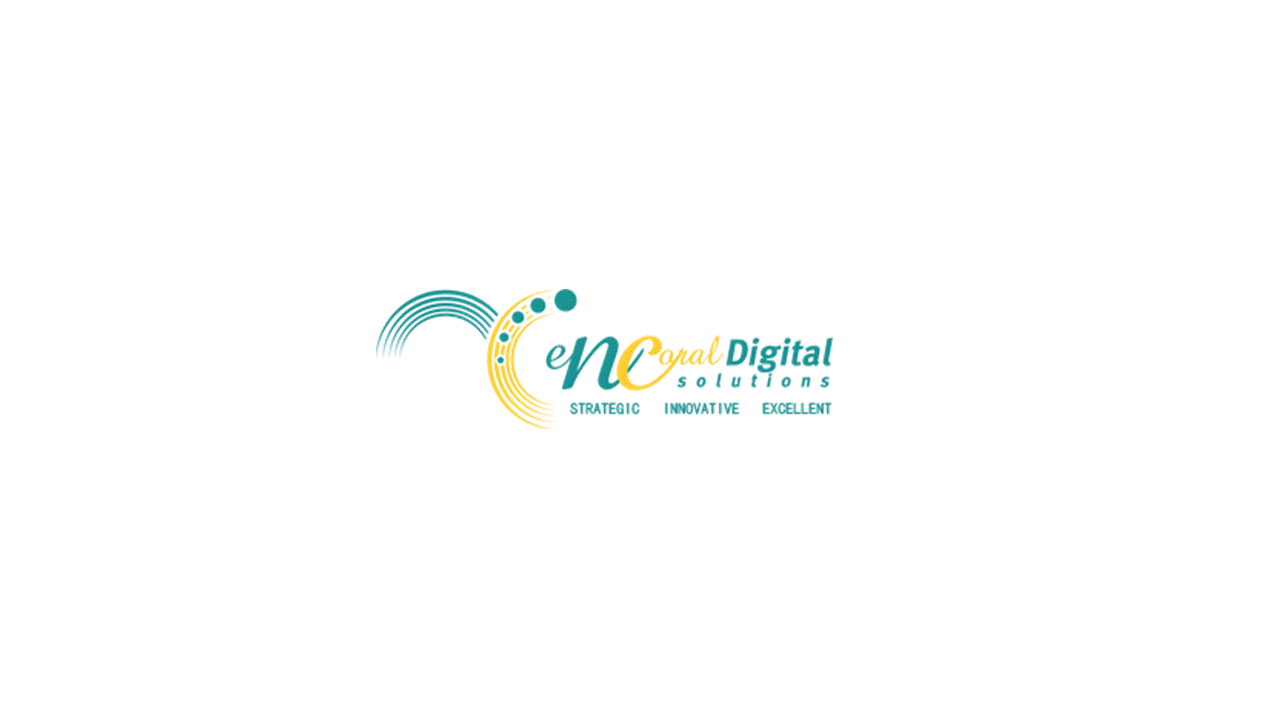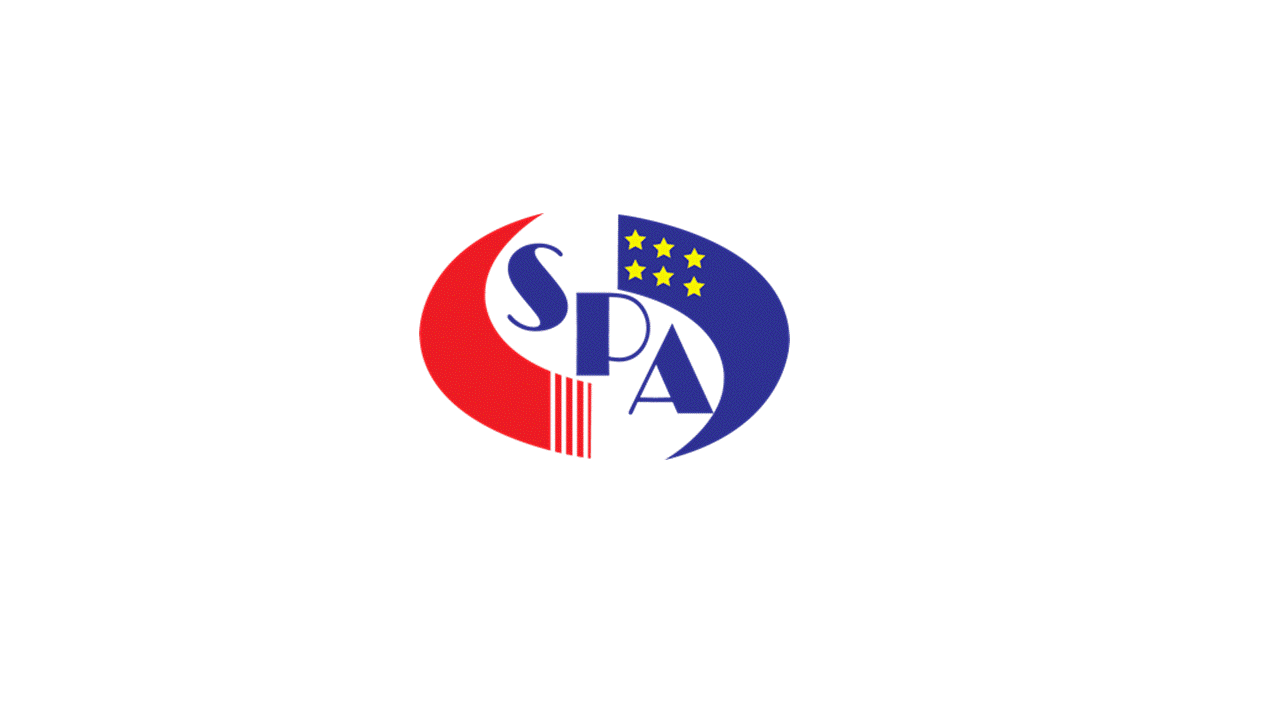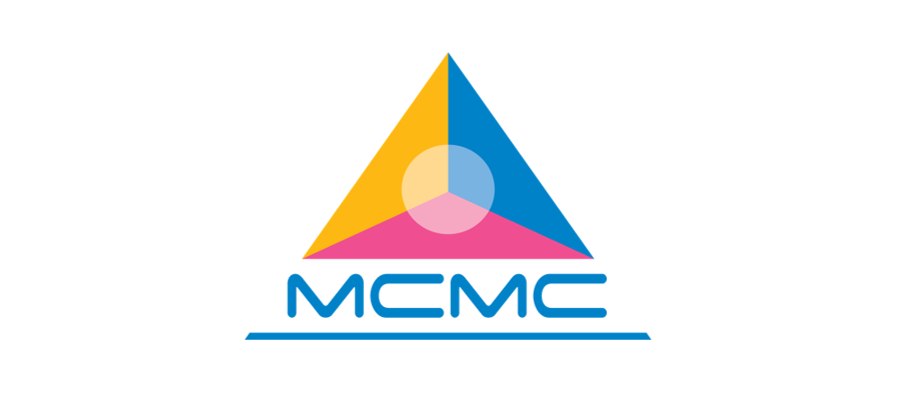- March 13, 2021
- by:
- in: Blog
The Czech Republic may be better known for beer, hockey and the sights of Prague, but its entrepreneurial community is as ambitious as any.
While London, Paris, Berlin and Stockholm feature regularly in tech coverage, the rest of Europe has been busy.
The Czech Republic may be better known for beer, hockey and the sights of Prague, but its entrepreneurial community is as ambitious as any. Pipedrive is an EU-based CRM company with offices in eight countries, but it has a Czech co-founder in VP of Product Martin Henk, one of several founders to emerge from the ecosystem.
Then there was Integromat, which did not raise any external capital but sold for around 2.5 billion crowns ($114 million), making its seven Czech founders into multimillionaires. Prague’s Memsource is valued at approximately 1.3 billion crowns or $59 million. But this is just the tip of the iceberg.
To unpack this rare gem of Europe’s startup scene, we spoke to eight area investors.
Among the trends they identified are startups in B2B, business automation processes, e-commerce, AI, SaaS and COVID-19-related solutions, as well as “smart” everything: factories, cities, offices, etc. Other themes included cybersecurity, AR/VR, remote work, and cybersecurity.
Saturated areas included cryptocurrency, blockchain, fintech and martech. The people we spoke to said they see travel, dating apps and other businesses traditionally based on physical interaction as weaker segments. Still, new opportunities are popping up in remote work, psychedelics and wellness.
Use discount code CZECHIA to save 25% off a 1-year Extra Crunch membership.
This offer is only available to readers in Europe and expires on April 30, 2021.
Respondents said they invest around 50% inside Czechia and 50% across Central and Eastern Europe, while some are more focused across CEE generally, with some percentage of the fund supporting startups that have scaled to the U.S.
Most said their investments hadn’t been significantly impacted by COVID-19, but future uncertainly is a concern. The advice is to “be frugal to accommodate to the new situation and roll on.”
As far as green shoots, COVID-19 has “played a role of an accelerator for innovation in many business areas and even e-government and other rigid/conservative industries,” said one. D2C startups have benefitted and “Zoom selling” now seems “totally plausible.”
We surveyed:
- Petra Končelíková, partner, Nation1.vc
- Oleksander Bondarev, associate, Credo Ventures
- Ondrej Bartos, founding partner, Credo Ventures
- Osman Salih, associate, Bolt Start Up Development a.s.
- Lukáš Konečný, principal, Y Soft Ventures
- Vaclav Pavlecka, managing partner, Air Ventures
- Roman Horacek, partner, Reflex Capital
Petra Končelíková, partner, Nation1.vc
What trends are you most excited about investing in, generally?
Innovative.
What’s your latest, most exciting investment?
Snuggs.
Are there startups that you wish you would see in the industry but don’t? What are some overlooked opportunities right now?
I miss a more innovative approach.
What are you looking for in your next investment, in general?
Steady rapid growth, innovative mind.
Which areas are either oversaturated or would be too hard to compete in at this point for a new startup? What other types of products/services are you wary or concerned about?
Social media, logistics, travel.
How much are you focused on investing in your local ecosystem versus other startup hubs (or everywhere) in general? More than 50%? Less?
We are solely focusing on the European market, with an impact on the Czech Republic.
Which industries in your city and region seem well positioned to thrive, or not, long term? What are companies you are excited about (your portfolio or not), which founders?
Healthcare, industry 4.0.
How should investors in other cities think about the overall investment climate and opportunities in your city?
Huge potential.
Do you expect to see a surge in more founders coming from geographies outside major cities in the years to come, with startup hubs losing people due to the pandemic and lingering concerns, plus the attraction of remote work?
Remote work is not an issue, but the pandemic has of course huge impact on startups. They are forced to pivot and accommodate to this new world.
Which industry segments that you invest in look weaker or more exposed to potential shifts in consumer and business behavior because of COVID-19? What are the opportunities startups may be able to tap into during these unprecedented times?
Travel and gastro.
How has COVID-19 impacted your investment strategy? What are the biggest worries of the founders in your portfolio? What is your advice to startups in your portfolio right now?
Accommodate to the new situation and roll on.
What is a moment that has given you hope in the last month or so? This can be professional, personal or a mix of the two.
Vaccination.
Who are key startup people you see creating success locally, whether investors, founders or even other types of startup ecosystems roles like lawyers, designers, growth experts, etc. We’re trying to highlight the movers and shakers who outsiders might not know.
Financial experts — financial planning, CFOs to hire as an service from agencies.
Oleksander Bondarev, associate, Credo Ventures
What trends are you most excited about investing in, generally?
Developer tools, communication apps, applied AI.
What’s your latest, most exciting investment?
Around.
Are there startups that you wish you would see in the industry but don’t? What are some overlooked opportunities right now?
Cloud CI/CD.
What are you looking for in your next investment, in general?
Great team.
Which areas are either oversaturated or would be too hard to compete in at this point for a new startup? What other types of products/services are you wary or concerned about?
Martech.
How much are you focused on investing in your local ecosystem versus other startup hubs (or everywhere) in general? More than 50%? Less?
Only in founders from: Czech Republic, Poland, Slovakia, Slovenia, Croatia, Romania or Hungary.
Which industries in your city and region seem well positioned to thrive, or not, long term? What are companies you are excited about (your portfolio or not), which founders?
Productboard, UiPath, Pricefx, Supernova, Spaceflow.
How should investors in other cities think about the overall investment climate and opportunities in your city?
Maturing.
Do you expect to see a surge in more founders coming from geographies outside major cities in the years to come, with startup hubs losing people due to the pandemic and lingering concerns, plus the attraction of remote work?
Yes.
Which industry segments that you invest in look weaker or more exposed to potential shifts in consumer and business behavior because of COVID-19? What are the opportunities startups may be able to tap into during these unprecedented times?
Enabling communication, transparency within the remote workforce.
How has COVID-19 impacted your investment strategy? What are the biggest worries of the founders in your portfolio? What is your advice to startups in your portfolio right now?
Be frugal.
Any other thoughts you want to share with TechCrunch readers?
We are trying to be the most founder-friendly fund in the region. As an ex-founder (Olek) I love speaking with and advising all startups that come my way 🙂
Ondrej Bartos, founding partner, Credo Ventures
What trends are you most excited about investing in, generally?
Automation, AI, enabling remote, authentication.
What’s your latest, most exciting investment?
TypingDNA.
What are you looking for in your next investment, in general?
Outstanding founders tackling big opportunity.
Which areas are either oversaturated or would be too hard to compete in at this point for a new startup? What other types of products/services are you wary or concerned about?
VR/AR has been an area with lots of investment, therefore very competitive. AI is overhyped but most AI are actually not that intelligent.
How much are you focused on investing in your local ecosystem versus other startup hubs (or everywhere) in general? More than 50%? Less?
Less. We focus on Central Europe as a region (if that would count as local, then more than 50%).
Which industries in your city and region seem well positioned to thrive, or not, long term? What are companies you are excited about (your portfolio or not), which founders?
Central Europe is well positioned in automation, security, developer tools and analytics. I’m most excited about UiPath, Productboard, Pricefx, TypingDNA, Spaceflow, Around (in our portfolio). Best CE founders are in my view Daniel Dines, Hubert Palan, Marcin Cichon plus Oliver Dlouhý (Kiwi.com).
How should investors in other cities think about the overall investment climate and opportunities in your city?
There are a lot of great developers in Prague, good energy and enough success stories and role models to follow. There is a lot of investment capital there (just as everywhere else I guess), not too much smart money yet, so definitely opportunity for good VCs to take a look (and they are looking).
Do you expect to see a surge in more founders coming from geographies outside major cities in the years to come, with startup hubs losing people due to the pandemic and lingering concerns, plus the attraction of remote work?
I have no doubts that the pandemic has been accelerating remote work, which ultimately should lead to more remote-first startups which might benefit new geos.
Which industry segments that you invest in look weaker or more exposed to potential shifts in consumer and business behavior because of COVID-19? What are the opportunities startups may be able to tap into during these unprecedented times?
Travel and hospitality seem most fragile and unpredictable due to COVID-19. Remote and enabling remote seem like the biggest opportunity; automation and enabling digital transformation are attractive as well.
How has COVID-19 impacted your investment strategy? What are the biggest worries of the founders in your portfolio? What is your advice to startups in your portfolio right now?
Our investment strategy is unchanged; actually we’ll double down on it. There is a lot of opportunity for good tech startups, technology is what’s helping people and countries to get out of crises faster with less damage. Our advice to startups is still the same: Focus on your cause and try to solve problems in your space better than anybody else.
Are you seeing “green shoots” regarding revenue growth, retention or other momentum in your portfolio as they adapt to the pandemic?
We definitely see green shoots in some of the enterprise software companies. “Zoom selling” now seems totally plausible, sales cycles shortened in some verticals as companies need to digitize and enable remote work.
What is a moment that has given you hope in the last month or so? This can be professional, personal or a mix of the two.
I’ve always had hope. Yes, there have been low moments especially when quarantined, but overall I haven’t lost hope for people to cope with this unprecedented situation, and for technology to play a significant role in the recovery. I still have this hope 🙂
Any other thoughts you want to share with TechCrunch readers?
I feel like I had been traveling too much, two- or three-day transatlantic trips make little sense and I think I won’t go back there. Also, I don’t think I’ll go back to 5+ days in the office every week, home office works fine with me and it will stay with me and the company in some capacity. That being said, it is what I feel now. I may be wrong and things may go back to “old normal” — which I would consider a big mistake and lost opportunity.
Osman Salih, associate, Bolt Start Up Development a.s.
What trends are you most excited about investing in, generally?
We are looking for synergies with our parent company O2 Czech republic and other companies under the PPF Group.
What’s your latest, most exciting investment?
IP Fabric.
Are there startups that you wish you would see in the industry but don’t? What are some overlooked opportunities right now?
We would like to see more insurtech startups in Europe.
What are you looking for in your next investment, in general?
We are looking for synergies with our partner companies rather looking into a specific branch.
Which areas are either oversaturated or would be too hard to compete in at this point for a new startup? What other types of products/services are you wary or concerned about?
Fintech is oversaturated with very low margins.
How much are you focused on investing in your local ecosystem versus other startup hubs (or everywhere) in general? More than 50%? Less?
We mostly invest locally, but our most successful investment was in Taxify (now Bolt).
Which industries in your city and region seem well positioned to thrive, or not, long term? What are companies you are excited about (your portfolio or not), which founders?
Definitely security domain is best positioned. We are excited about IP Fabric (founder is ex-Cisco CEO Pavel Bykov), Whalebone (R. Malovič), Wultra (P. Dvořák).
How should investors in other cities think about the overall investment climate and opportunities in your city?
The interest is bigger, a lot of successful startups raise demand for opportunities.
Do you expect to see a surge in more founders coming from geographies outside major cities in the years to come, with startup hubs losing people due to the pandemic and lingering concerns, plus the attraction of remote work?
We don’t think so, local network is important. Remote work is not for everyone.
Which industry segments that you invest in look weaker or more exposed to potential shifts in consumer and business behavior because of COVID-19? What are the opportunities startups may be able to tap into during these unprecedented times?
There will be shifts in retail. This is an opportunity for startups like Pygmalios, which provide analytics for retail.
How has COVID-19 impacted your investment strategy? What are the biggest worries of the founders in your portfolio? What is your advice to startups in your portfolio right now?
Luckily the impact is not big. Biggest worries are about difficulties with travel abroad for business meetings. Our advice is hold the runway longer 🙂
Are you seeing “green shoots” regarding revenue growth, retention or other momentum in your portfolio as they adapt to the pandemic?
Yes, demand for call center tools like omnichannel solution mluvii.com, which works at the home office move up significantly.
What is a moment that has given you hope in the last month or so? This can be professional, personal or a mix of the two.
At spring our country was “best in COVID” and now it is “worst in COVID.” Last spring thousands of people from the startup community helped and came up with brilliant ideas, apps and solutions but at the end most outcomes (like eRouška and https://koronavirus.mzcr.cz/en/) were screwed by slow or faulty decisions of government. Instead of hope I’m disappointed, but I believe that vaccination will help us to get life back on the track.
Who are key startup people you see creating success locally, whether investors, founders or even other types of startup ecosystems roles like lawyers, designers, growth experts, etc. We’re trying to highlight the movers and shakers who outsiders might not know.
Patrik Juránek from Startup Disrupt community.
Any other thoughts you want to share with TechCrunch readers?
Prague is great and safe city for living — when you setup a branch in Prague you can attract people from all of the CEE region to move in.
Lukáš Konečný, principal, Y Soft Ventures
What trends are you most excited about investing in, generally?
Anything that helps businesses run smarter is something we would like to take a look at. More specifically we are interested in areas such as Internet of Things, smart factories, smart cities, smart office, cybersecurity, big data and AR/VR. And especially when there is some kind of hardware involved — that something we really love.
What’s your latest, most exciting investment?
VRgineers.
Are there startups that you wish you would see in the industry but don’t? What are some overlooked opportunities right now?
It would be great to see more startups focusing on hardware. Admittedly, creating hardware and scaling-up a hardware-focused business is always a bigger challenge, but the opportunities are so vast and many are yet untapped.
What are you looking for in your next investment, in general?
Apart from the “obvious” aspects such as innovativeness, global potential, scalability, strong team and fit with our investment thesis, we look for founders who show great strategic thinking and execution skills, who really understand the market and their customers’ needs and listen to feedback.
Which areas are either oversaturated or would be too hard to compete in at this point for a new startup? What other types of products/services are you wary or concerned about?
Considering our focus on B2B, we have better overview of this part of the economy. Lately, we have seen a huge number of startups using AI/ML for computer vision or natural language processing use cases creating very similar products, meaning it will be rather difficult for them to differentiate and outperform the rest of the competition. But that does not mean that a new revolutionary idea cannot appear.
How much are you focused on investing in your local ecosystem versus other startup hubs (or everywhere) in general? More than 50%? Less?
Our focus is on the Central European region — so far we have invested in the Czech Republic and Slovakia, but we are open to founders from other neighboring countries as well. The majority of our portfolio is located in the Brno/South Moravia region, where Y Soft is based. It is not an outcome of an intentional strategy, but just the reality of which startups interested us the most.
Which industries in your city and region seem well positioned to thrive, or not, long term? What are companies you are excited about (your portfolio or not), which founders?
Generally, the Czech startup ecosystem is getting more mature, especially thanks to serial entrepreneurs as well as more experienced first-time founders, and the developing business angel/VC ecosystem. It is hard to pick just one industry, as the spectrum of companies is very vast.
How should investors in other cities think about the overall investment climate and opportunities in your city?
From the investors’ point of view, the Czech startup ecosystem can provide a lot of interesting opportunities, and especially for foreign investors the investments can be a “good value for money,” even though the VC ecosystem has become more competitive in the last years due to influx of new money. The seed and partly Series A segment can be seen as rather saturated, but there is a significant potential in the larger Series A or later-stage investments.
Do you expect to see a surge in more founders coming from geographies outside major cities in the years to come, with startup hubs losing people due to the pandemic and lingering concerns, plus the attraction of remote work?
The main Czech hubs, Prague and Brno, are probably not going to see their status weakened, as they are not only business centers, but also have the main universities where the talented people are and are hearts of the cultural life that is attractive to many. But we will see a shift toward remote woking, allowing founders to tap a wider talent pool.
Which industry segments that you invest in look weaker or more exposed to potential shifts in consumer and business behavior because of COVID-19? What are the opportunities startups may be able to tap into during these unprecedented times?
We believe that after the shock caused by COVID-19 fades away, there will be more opportunities for the companies in segments we invest in, as the induced trends are only forcing businesses to run smarter. The trends most relevant to us will be those associated with accelerated digital transformation, changes in supply chains and evolution of workspaces.
How has COVID-19 impacted your investment strategy? What are the biggest worries of the founders in your portfolio? What is your advice to startups in your portfolio right now?
COVID-19 has not impacted our strategy. The only changes were on the tactical level, as for a certain period of time we shifted more capacities to portfolio support. Most of our founders had to deal with a negative impact on their sales funnel, as some customers postponed or cancelled the planned deals. Some of the founders had to deal with disruptions in the distribution channels, as some of their partners’ businesses were hit rather hard, and a small number of companies had to resolve issues with their supply chain. These challenges are still, to an extent, worries to our portfolio companies, as the economic development is still uncertain. To deal with the situation, cash flow became the main focus, together with more active communication with key business partners throughout the value chains.
Are you seeing “green shoots” regarding revenue growth, retention or other momentum in your portfolio as they adapt to the pandemic?
We have seen a lot of positive signals in retention and some green shoots regarding revenue, but the situation is still too fragile.
What is a moment that has given you hope in the last month or so? This can be professional, personal or a mix of the two.
It is hard to find glimmers of hope lately, as the situation in the Czech Republic is really not developing well. However, I was recently able to participate in several online events that young entrepreneurs, in some cases even high school or university students, attended to present their projects or to improve their business skills. And it was great to see people who are still deeply interested in — and invested in — the entrepreneurial path, regardless of the current situation.
Vaclav Pavlecka, managing partner, Air Ventures
What trends are you most excited about investing in, generally?
We are sector agnostic, so it’s not so much about “trends,” rather than other aspects of startups in our pipeline.
What’s your latest, most exciting investment?
Cross Network Intelligence.
Are there startups that you wish you would see in the industry but don’t? What are some overlooked opportunities right now?
Many sectors are “to-be-disrupted yet” but for example I believe that the predictive medicine (that helps you avoid the problem instead the one that is helping to solve the problem that is already there) will be one of the major trends for the near future.
What are you looking for in your next investment, in general?
Distinctive unique selling proposition, market-oriented and sales-hungry team, disruptive potential, upmarket potential.
Which areas are either oversaturated or would be too hard to compete in at this point for a new startup? What other types of products/services are you wary or concerned about?
Social networks in general are the type of services I am concerned about due to a long-term impact on one’s mental health and due to social confirmation bias and decreasing ability for a healthy unheated critical discussion in society. As for oversaturation, it is hard to generalize, since every industry still has its niches. But a top of my mind idea for an oversaturated market is the marketing technologies sector (as well as many other software products). Solutions are easily replicable (think chatbots) and successful only at the limited market.
How much are you focused on investing in your local ecosystem versus other startup hubs (or everywhere) in general? More than 50%? Less?
We tend to focus on companies with the local strings (with exceptions made — e.g., Californian clothing startup Nahmias).
Which industries in your city and region seem well positioned to thrive, or not, long term? What are companies you are excited about (your portfolio or not), which founders?
We see a huge potential of local talents in cybersecurity, industry automation (due to the fact that Czechia has one of the densest “per capita” car production in the world), gaming industry (including esports), crypto and health. As for companies I think Apiary, Beat Games, Warhorse gaming studio, Mews.com, Kiwi.com, Snuggs, Prusa Research, Productboard, Rossum, Integromat and Alheon.
How should investors in other cities think about the overall investment climate and opportunities in your city?
“Local” VCs and investors are definitely willing to make meaningful connections and co-invest. The ecosystem is more mature every year and grows stronger. Prague and the surrounding region also has its charm that attracts many talents as the city has an ideal balance between the life quality and costs in comparison to other metropolitan areas.
Do you expect to see a surge in more founders coming from geographies outside major cities in the years to come, with startup hubs losing people due to the pandemic and lingering concerns, plus the attraction of remote work?
I believe that we will see a big “return to the good part of the old system” in the end of this year/early 2022, so I won’t expect the big shift in the sense of geographic “founder density” outside of the major cities. If, however, the COVID-19 restrictions should last more years, then many social changes can be sparked, including geographic mobility and flexibility.
Which industry segments that you invest in look weaker or more exposed to potential shifts in consumer and business behavior because of COVID-19? What are the opportunities startups may be able to tap into during these unprecedented times?
No surprise there — the whole travel industry, gastronomical industry and culture tech are in the deepest crisis in decades. Many other industries are under big pressure to increase the speed of change, e.g., the education industry, the entertainment industry. Also in general small to medium businesses are having tough times locally, since the government restrictions are not being implemented efficiently and their communication isn’t built around a sound strategy.
How has COVID-19 impacted your investment strategy? What are the biggest worries of the founders in your portfolio? What is your advice to startups in your portfolio right now?
Our investment strategy is built around long-lasting principles and therefore we didn’t have to change it completely. Of course the investment appetite in sectors hit by crisis decreased significantly but other opportunities emerged. As for portfolio impact, proptech vertical was hit heavily and some of our companies had to reiterate their product offering. Our general advice to any startup in our portfolio is to boost the dialogue with their customers, learn how their needs are shifting (if so) and try to steer the wheel in the right time. If needed, we are ready to support our founders financially and also teamwise, since we are hands-on investors.
Are you seeing “green shoots” regarding revenue growth, retention or other momentum in your portfolio as they adapt to the pandemic?
D2C startups with a sound unit economy and their own strong distribution channels are thriving (not only locally). This includes our portfolio.
What is a moment that has given you hope in the last month or so? This can be professional, personal or a mix of the two.
Not losing hope really. I think people were in much deeper crises and that we refer to the current situation as we do only due to lack of historical comparability. We are still living in times of prosperity and the pandemic will eventually go away thanks to the scientific progress people have achieved. So I think the beacon of positive change are all the RNA vaccines out there. I am thrilled by the restless work of scientists involved in their development and I believe they should receive much greater social credit than they do nowadays.
Who are key startup people you see creating success locally, whether investors, founders or even other types of startup ecosystems roles like lawyers, designers, growth experts, etc. We’re trying to highlight the movers and shakers who outsiders might not know.
Cedric Maloux, Lubo Smid, Dita Formánková, Tomas Cironis, Ondrej Bartos.
Roman Horacek , partner, Reflex Capital
What trends are you most excited about investing in, generally?
B2B, business automation processes, e-commerce, AI, SaaS, COVID-19-related solutions — across verticals (remote work, conferencing, etc.).
What’s your latest, most exciting investment?
Webnode, SignageOS and some others that unfortunately cannot be disclosed yet 🙂
Are there startups that you wish you would see in the industry but don’t? What are some overlooked opportunities right now?
I would like to see more AI startups (actually using AI).
What are you looking for in your next investment, in general?
Rockstar founders, existing and real market need, scalable solution with solid IP.
Which areas are either oversaturated or would be too hard to compete in at this point for a new startup? What other types of products/services are you wary or concerned about?
Cryptocurrencies, blockchain, talent marketplaces.
How much are you focused on investing in your local ecosystem versus other startup hubs (or everywhere) in general? More than 50%? Less?
As of now our portfolio is approximately 75%/25% (75% CEE and 25% USA/other).
Which industries in your city and region seem well positioned to thrive, or not, long term? What are companies you are excited about (your portfolio or not), which founders?
Our companies — APIFY, Productboard, Smartlook, Alice Technologies, SingageOS. Other companies — DoDo, Around, UiPath, Pex,
How should investors in other cities think about the overall investment climate and opportunities in your city?
Great technical talent with superb ideas falling behind with go-to-market and sales skills.
Do you expect to see a surge in more founders coming from geographies outside major cities in the years to come, with startup hubs losing people due to the pandemic and lingering concerns, plus the attraction of remote work?
I don’t think so, I believe the talent will still be attracted by existing major hubs. Smaller the team, more interaction is needed. Despite all the innovations in remote work one-to-one interactions and social time cannot be fully replaced (yet).
Which industry segments that you invest in look weaker or more exposed to potential shifts in consumer and business behavior because of COVID-19? What are the opportunities startups may be able to tap into during these unprecedented times?
Exposed — travel, dating apps … all businesses traditionally based on physical interaction. Not a surprise I guess 🙂 Opportunities — remote work applications, psychedelic applications, well-being startups, life science solutions, logistics and related industries, e-commerce for SMEs.
Has COVID-19 impacted your investment strategy? What are the biggest worries of the founders in your portfolio? What is your advice to startups in your portfolio right now?
Not really. Our No. 1 investment criteria is strong founders. Most of them were able to adjust their business models to the new market conditions. Spring 2020 advice was cash is king, stay frugal and adjust your business to the new market conditions ASAP or others will.
Are you seeing “green shoots” regarding revenue growth, retention or other momentum in your portfolio as they adapt to the pandemic?
Yes. I believe COVID-19 played a role of an accelerator for innovations in many business areas and even e-government and other rigid/conservative industries.
What is a moment that has given you hope in the last month or so? This can be professional, personal or a mix of the two.
Given all the events of 2020 we had a solid year as a fund. What was inspiring — seeing founders coming across whatever obstacles thrown under their legs … overcoming them with new ideas/inventions and unbreakable entrepreneurial spirit.
Who are key startup people you see creating success locally, whether investors, founders or even other types of startup ecosystems roles like lawyers, designers, growth experts, etc. We’re trying to highlight the movers and shakers who outsiders might not know.
Hard to name one or a few … every single player plays a different role and one individual is unimportant without others. Same as in nature, even the strongest/biggest predators cannot thrive without a thriving ecosystem as a whole.





 Parler tries and fails to re-enter App Store
Parler tries and fails to re-enter App Store
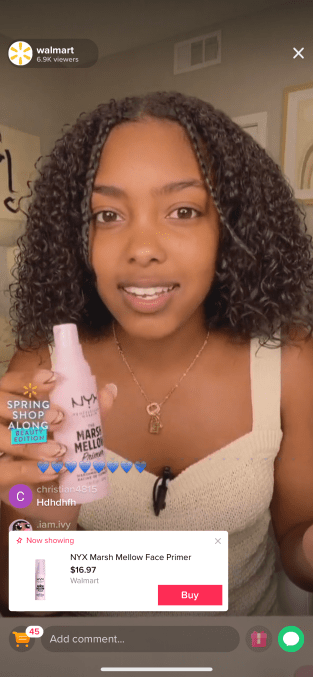


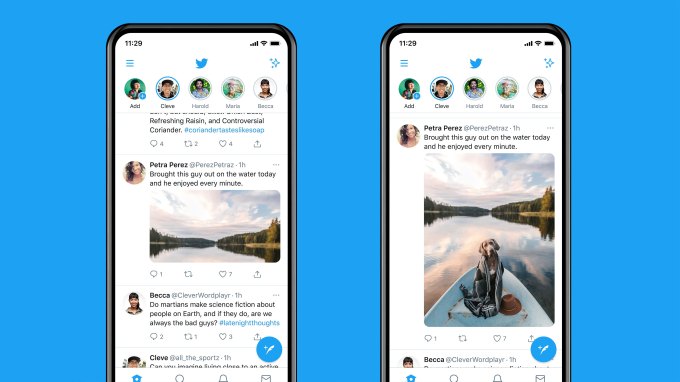
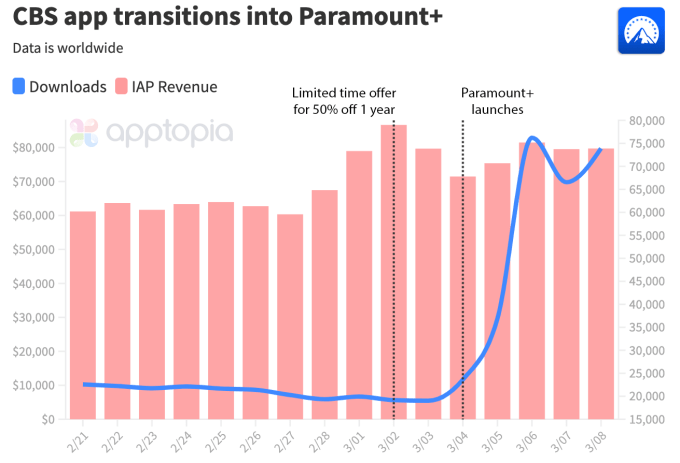
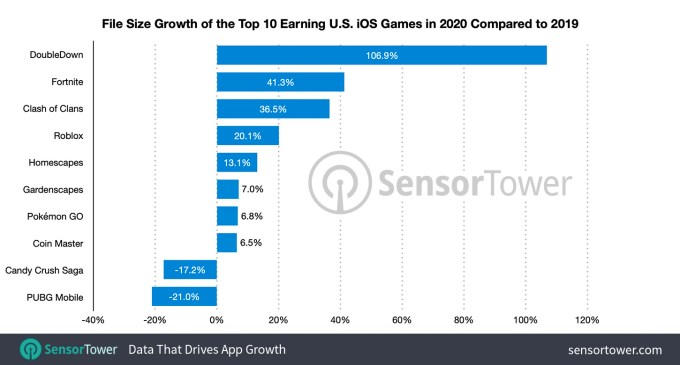

 Social networking app Wefarm, aimed at independent farmers in Africa,
Social networking app Wefarm, aimed at independent farmers in Africa,  Gaming platform Roblox made its stock market debut on Wednesday under the ticker symbol RBLX. The stock
Gaming platform Roblox made its stock market debut on Wednesday under the ticker symbol RBLX. The stock  Real estate software and data firm VTS
Real estate software and data firm VTS 














